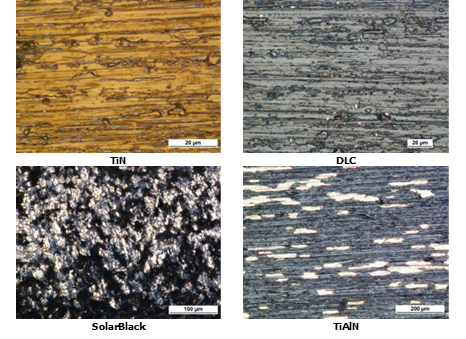WUT researchers involved in the study of Jupiter

The JUICE mission involved research teams from Europe, the United States, Japan and Israel, photo: pixabay
This is one of the most notable space projects of recent months. JUICE is an unmanned spacecraft designed to provide information about Jupiter and its moons. The project involves Polish companies, universities and institutions, including the Warsaw University of Technology.
Research instruments will uncover the secrets of the moons of Jupiter: Ganymede, Europa and Callisto. The goal of the mission is, among other things, to determine whether life could have arisen in the hidden oceans on these celestial bodies and whether in the future Ganymede could serve as a transfer base for deep space exploration.
Polish Contribution
Measuring instruments and functional components for JUICE missions were developed by research teams from 16 European countries as well as the United States, Japan and Israel.
The participation of researchers and engineers from Poland, financed by ESA Prodex, was crucial for the entire project.
The Polish company Astronika (known, among others, for sending its Crete HP3 to Mars as part of the NASA Insight mission in 2018) and the Space Research Centre of the Polish Academy of Sciences together with the Swedish Institute of Plasma Physics in Uppsala were responsible for providing the RPWI instrument (Radio Plasma Wave Investigation). Its purpose is to measure the radiation and plasma potential around Jupiter. Researchers from CBK PAN (The Space Research Centre of the Polish Academy of Sciences) and engineers from Astronika have prepared two devices: RWI (Radio Wave Instrument) antennas and LP-PWI (Langmuir Probe – Plasma Wave Instrument) booms.
Cooperation with the Warsaw University of Technology
From the early stages of work, the Faculty of Materials Engineering of the Warsaw University of Technology, specifically the Division of Surface Engineering, was involved in the project.
– We carried out material tests of protective coatings on the antennas of the RWI instrument, which were used to select and qualify these coatings for work in JUICE conditions – explains Maciej Ossowski, PhD, who supervised the cooperation in the execution of the research. – We also dealt with plasma nitriding of titanium and steel elements, which were used in the LP-PWI instrument and in RWI, where the machining was to increase the reliability of these mechanisms in space.
The cooperation of the Warsaw University of Technology on the JUICE project has yielded yet another fine result.
– On completion, there is an implementation doctorate by Kamil Bochra from Astronika, who was responsible for the execution and testing of coatings on JUICE probe elements – says Professor Jerzy R. Sobiecki – doctoral supervisor and Head of the Division of Surface Engineering.
A major challenge
The JUICE mission was a huge engineering challenge, and the instruments prepared will have to face requirements that no European mission has faced so far.
The radiation in Jupiter's system reaches monstrous levels and will cook any space probe that doesn't have the right materials and coatings. An additional difficulty is the temperature range, which during the mission will range from plus 250 degrees Celsius, during flyby of Venus, to minus 230 in the vicinity of Jupiter. The invention and provision of appropriate components required close, long-term cooperation of a number of Polish subcontractors – universities, institutes and private companies.
Behind each of them there is a separate technology that had to be developed as part of the project. In addition, the space probe, which the Poles were developing, had to be at the same time ultra-light and ultra-durable, and after opening and commissioning it reached a really large size.
There was good news at the end of May. All "Polish" mechanisms, i.e. RWI and LP-PWI, made a correct opening in space and worked 100%. Now they are on their way towards Jupiter, and researchers will be collecting data sent by the instruments. Another attempt of Polish technical thought will be for the space probe to withstand extremely difficult environmental conditions around Jupiter – extreme temperatures and huge radiation.









